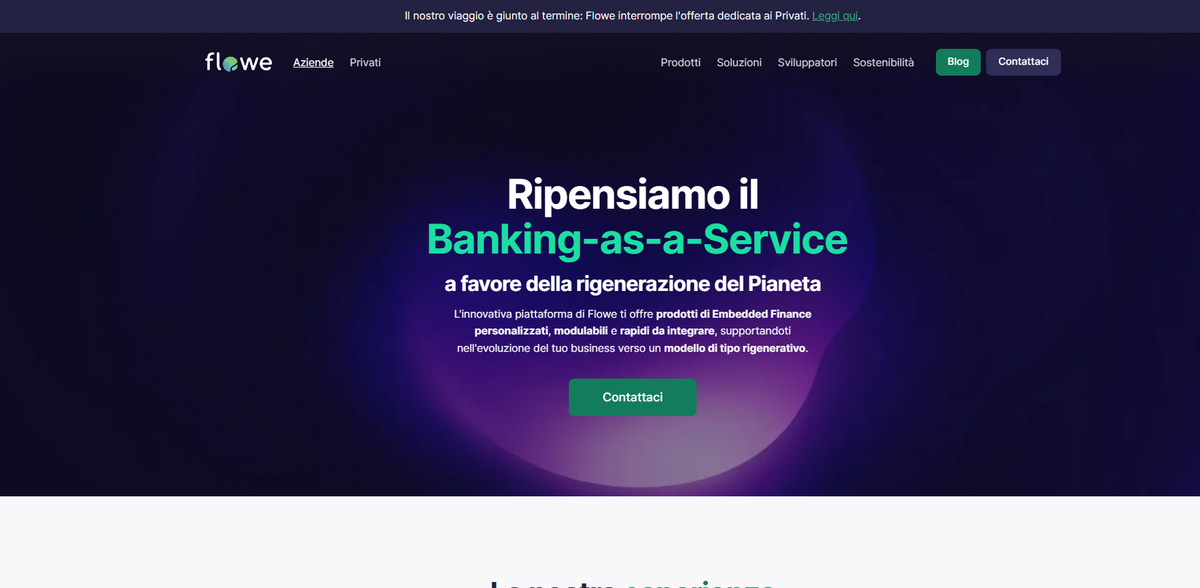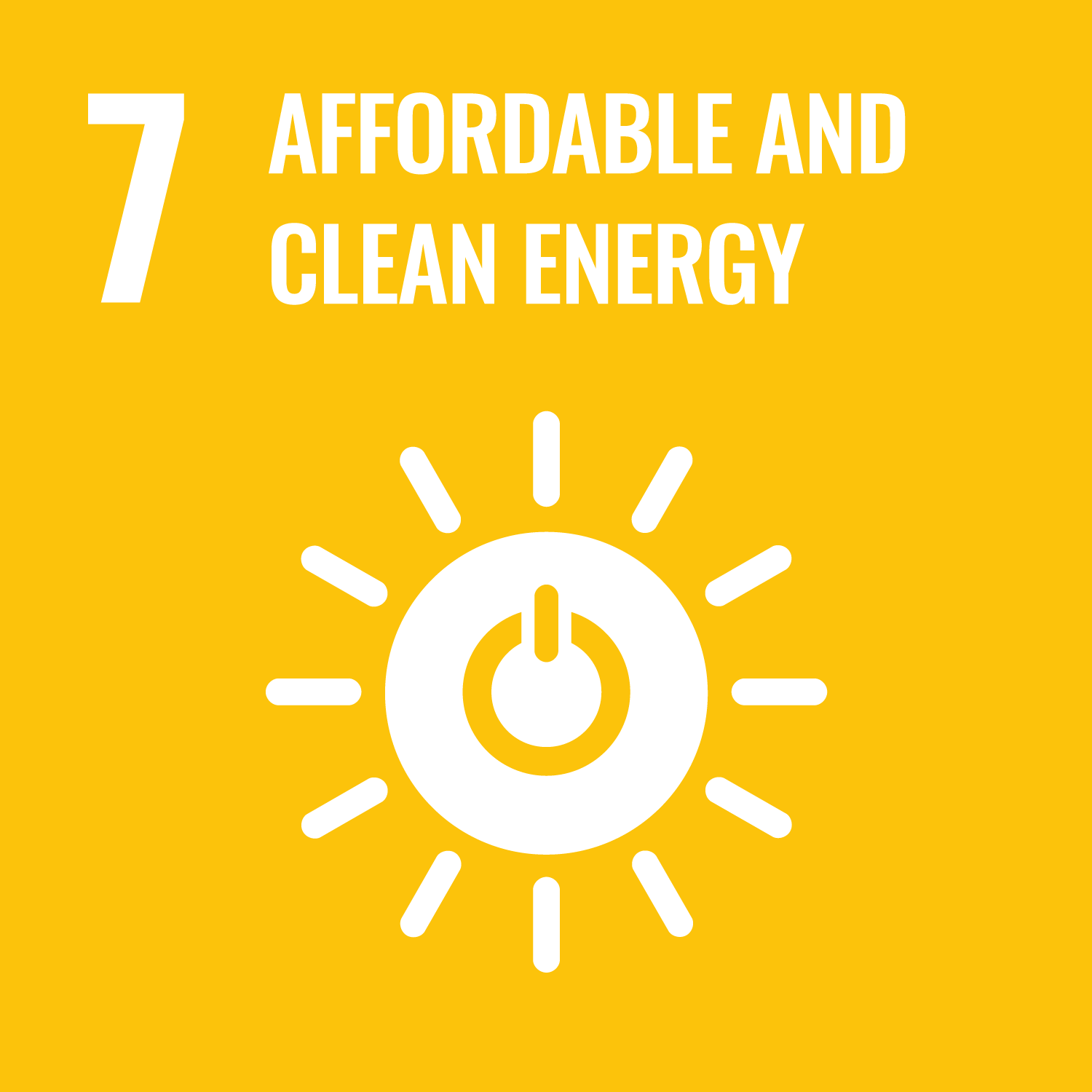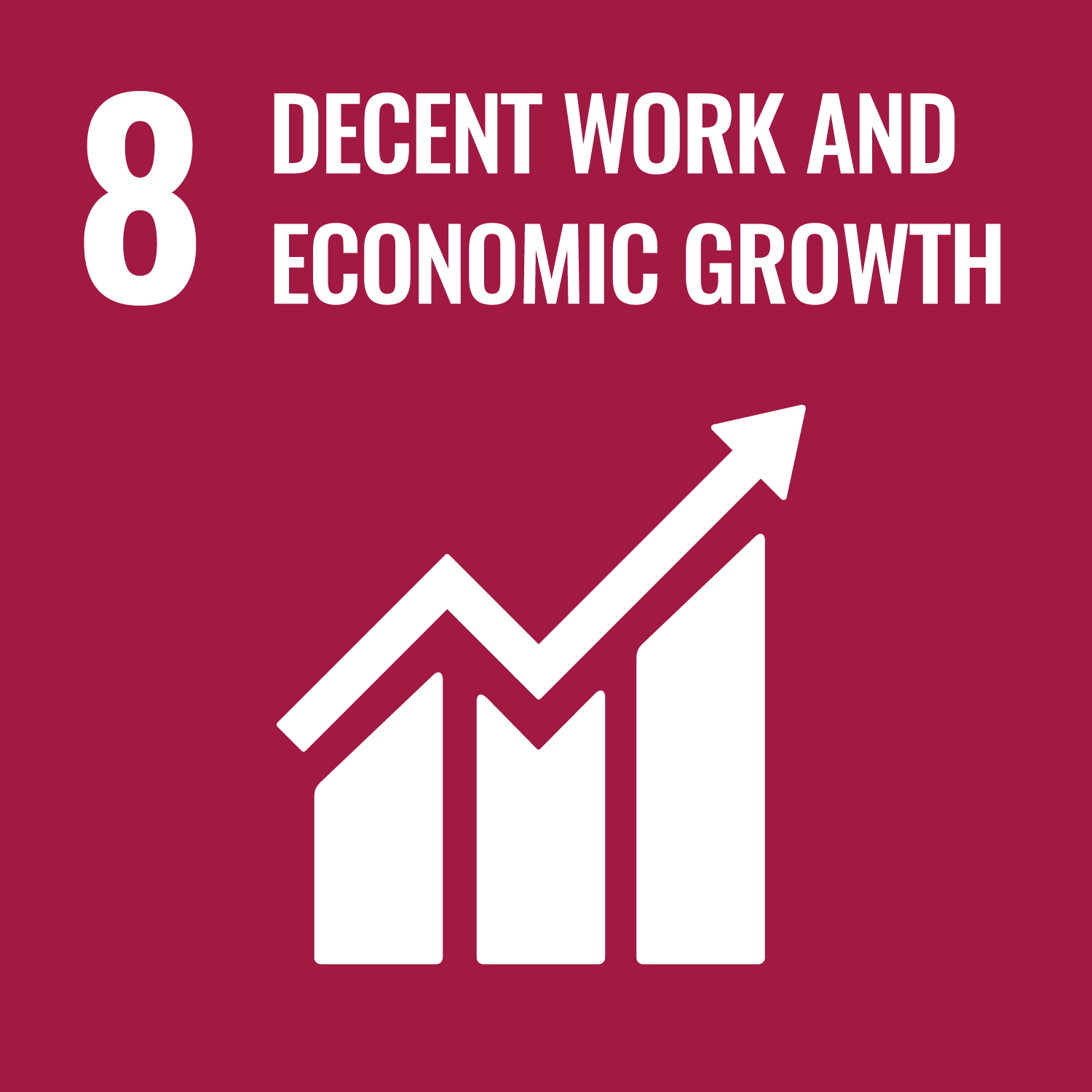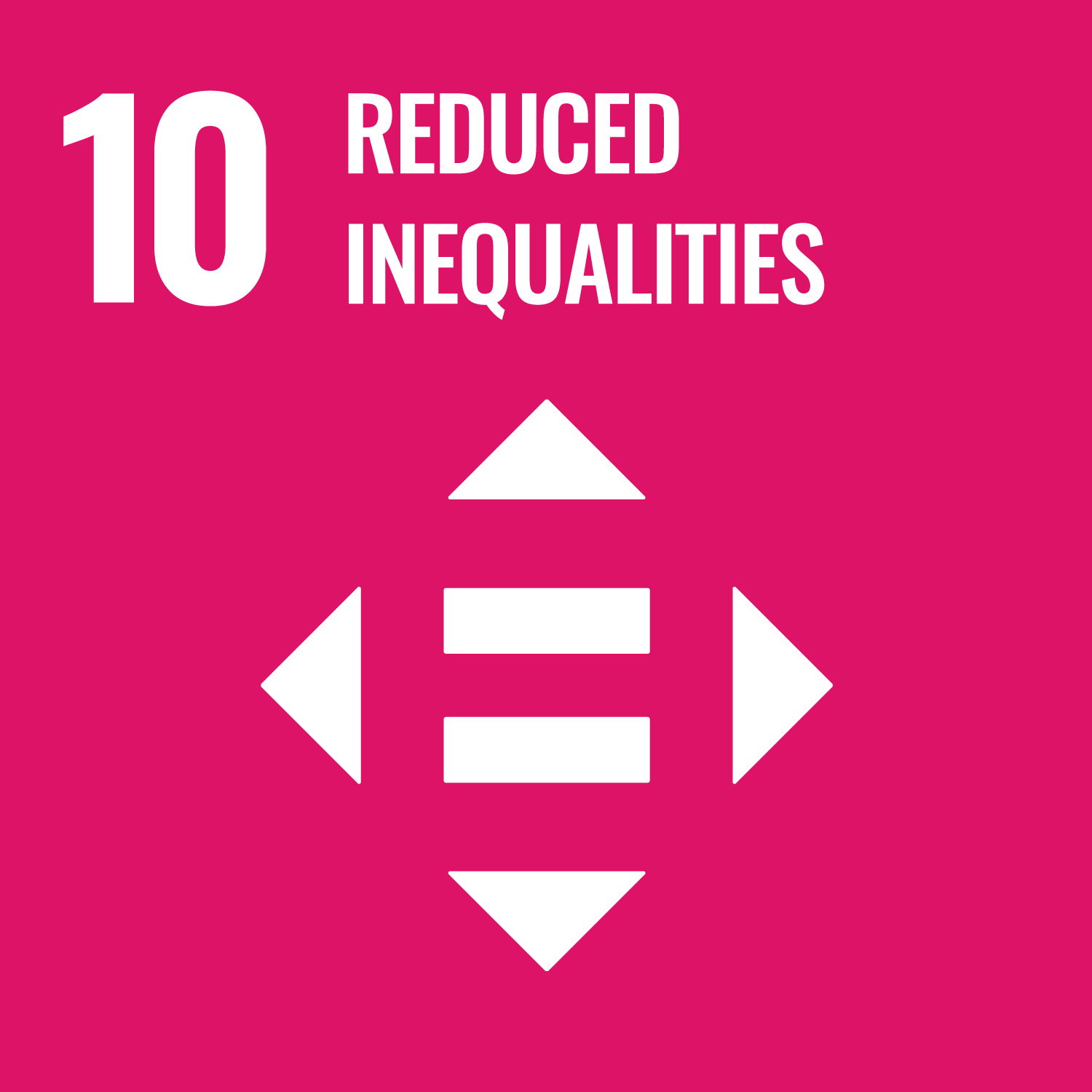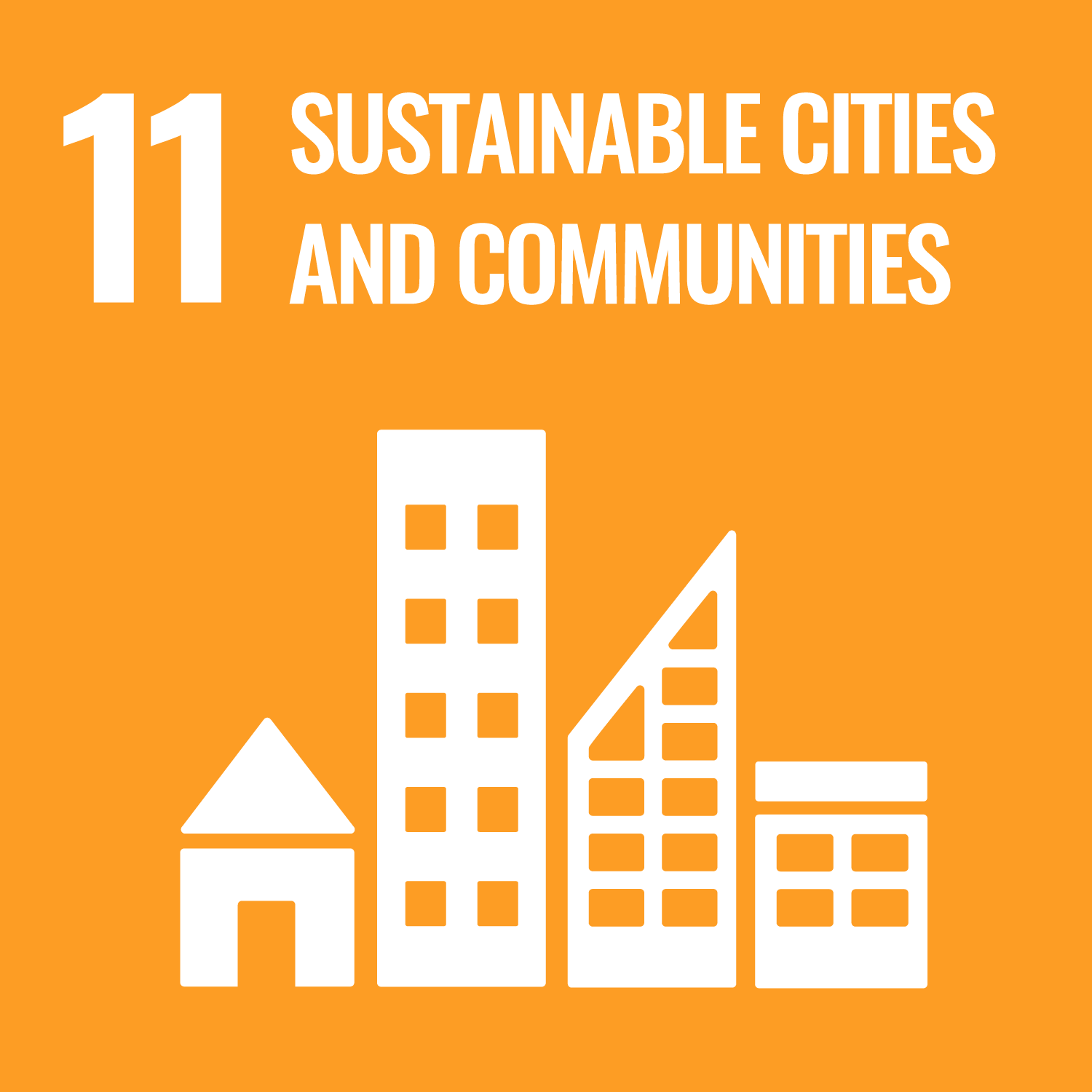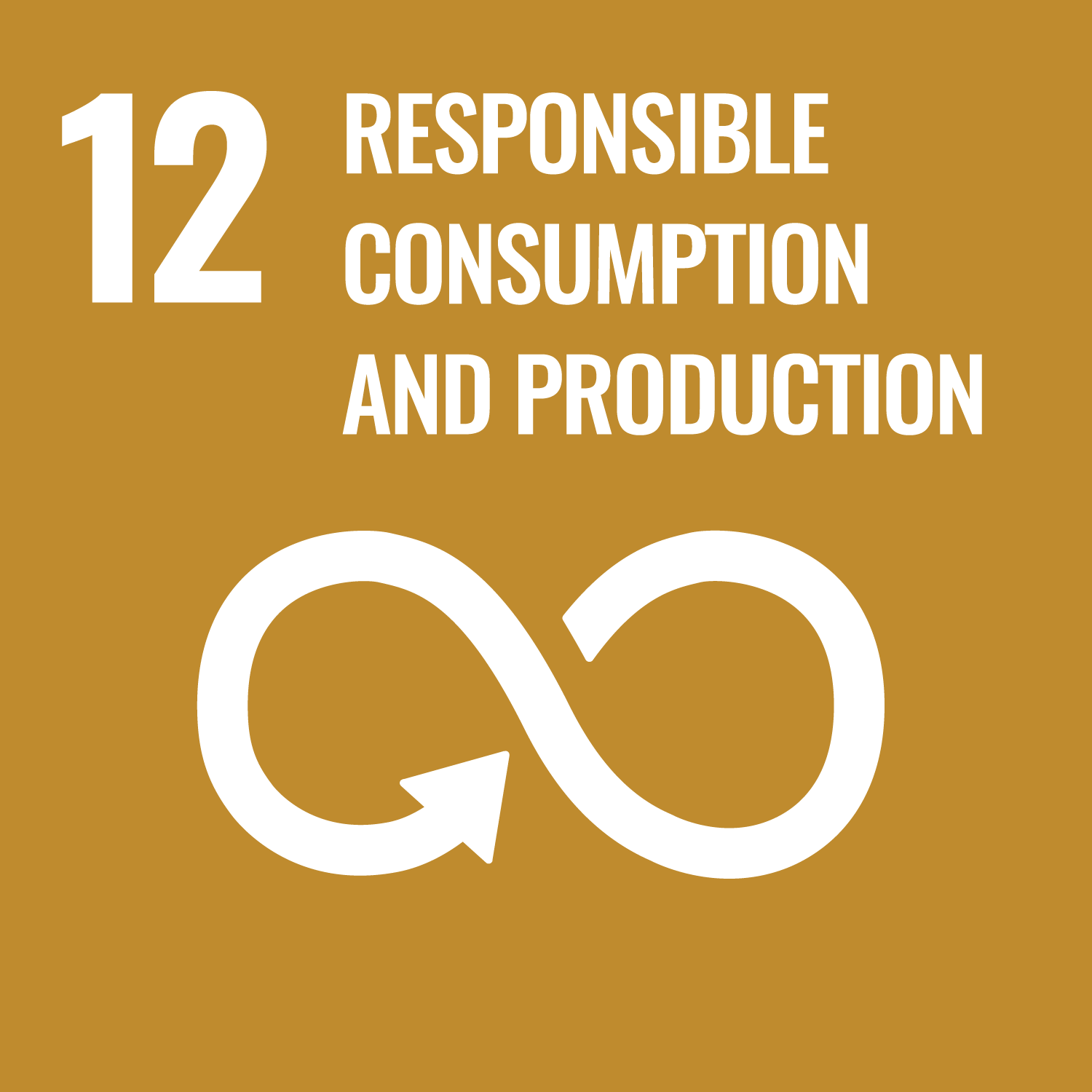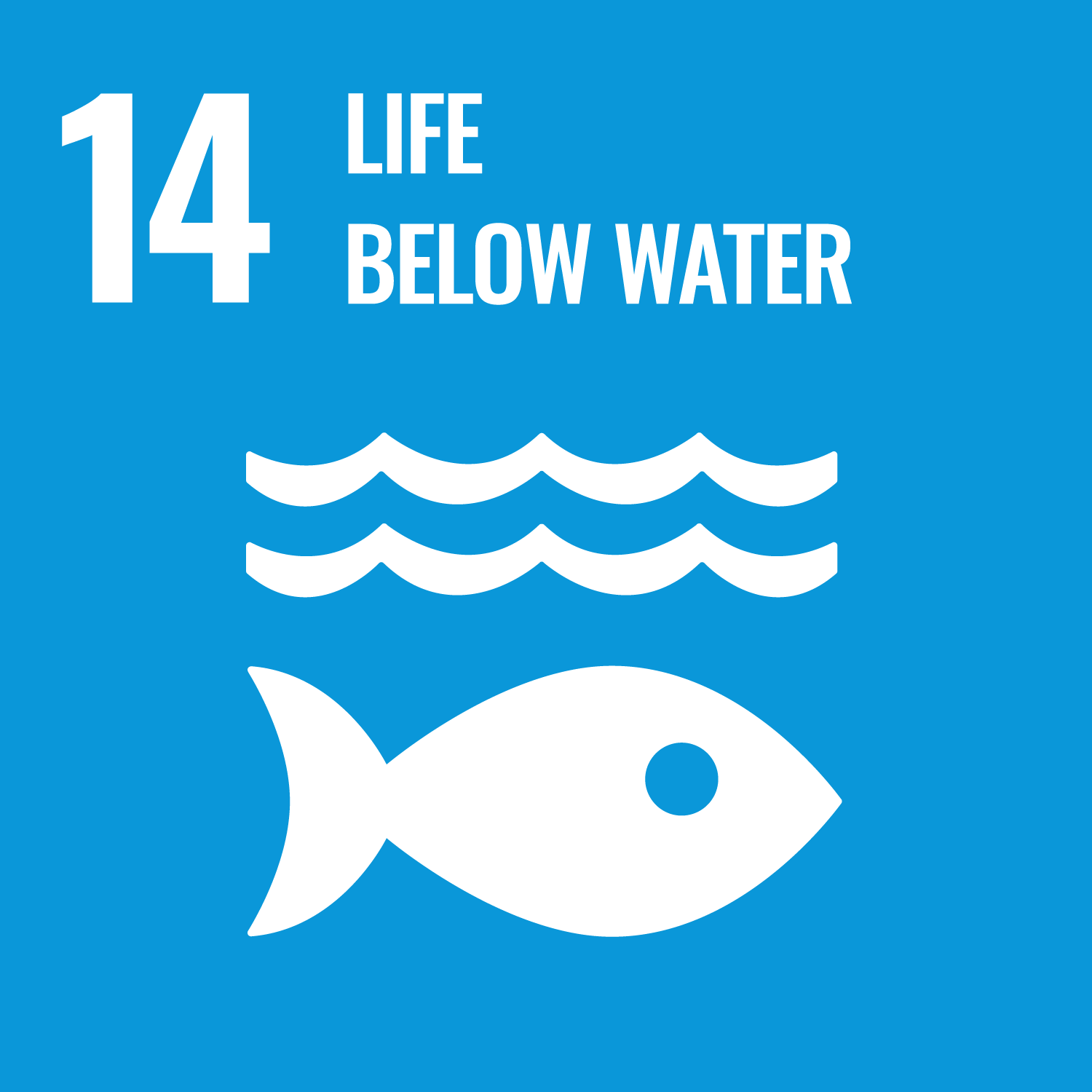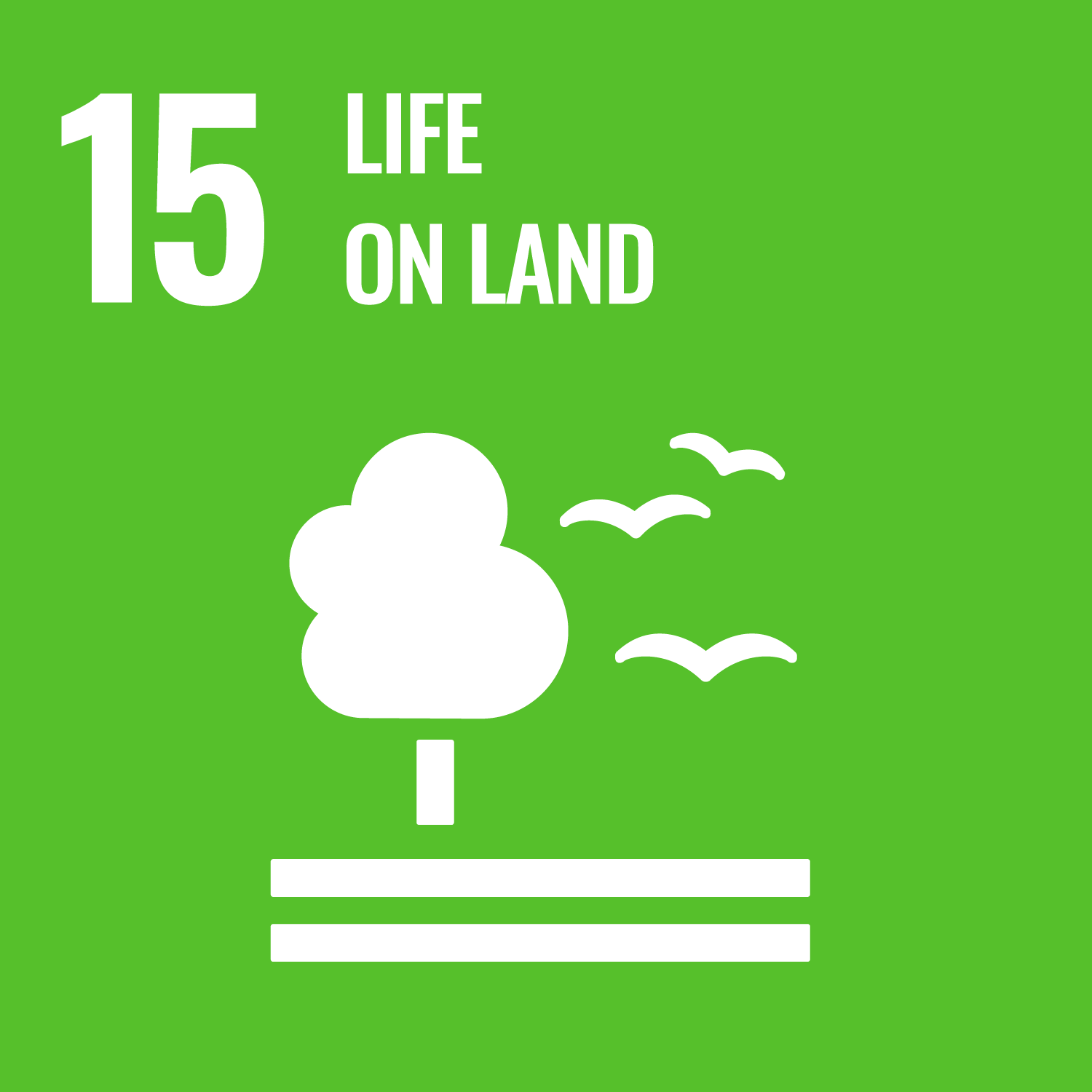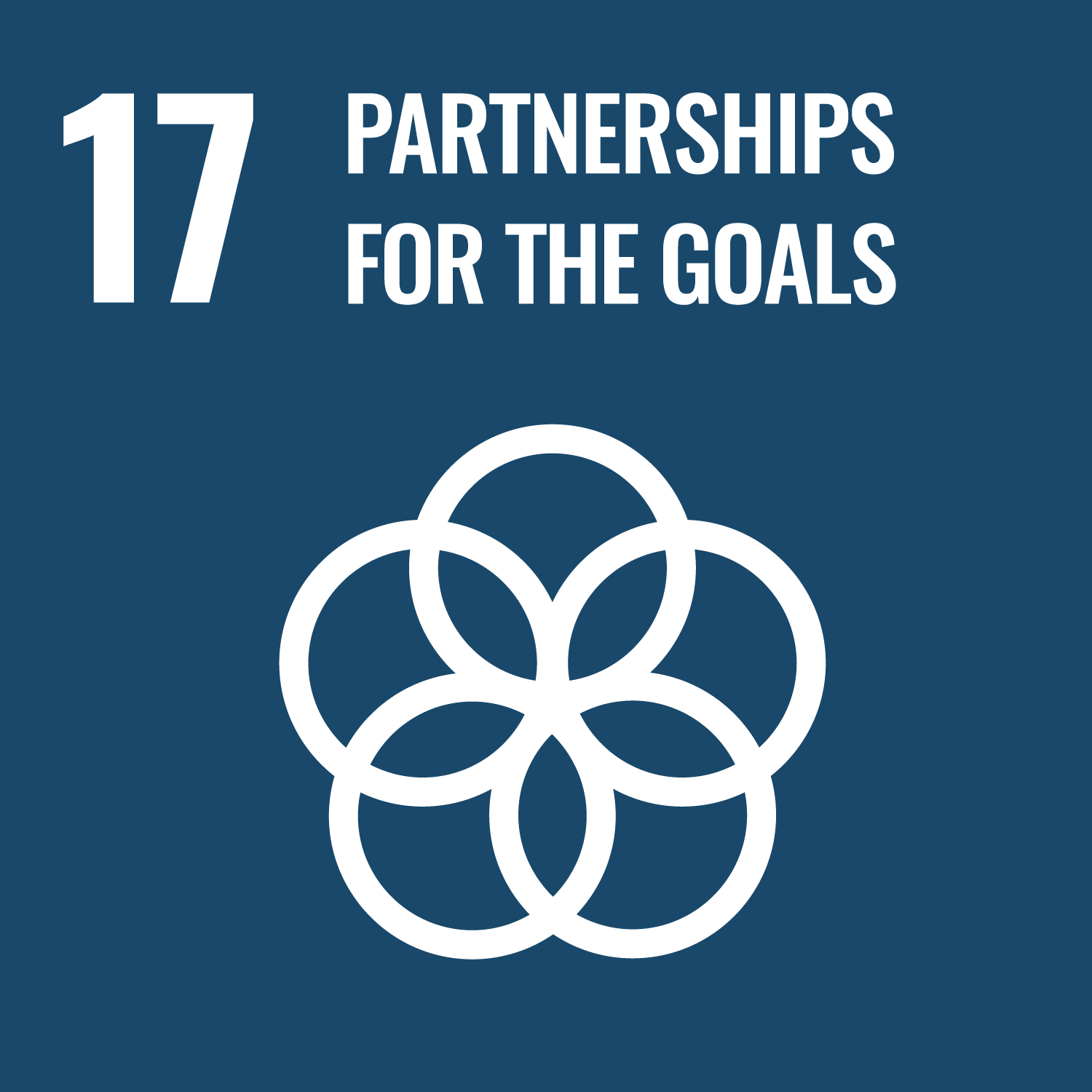What the OxyMem Project Is
OxyMem has deployed a broad number of installations (at varying scales) across the globe. For example, the Membrane Aerated Biofilm Reactor (MABR) has been trialed and/or installed in the UK, Ireland, Canada, Sweden, Spain, Saudi Arabia, Brazil, China, Denmark, New Zealand, and Japan. The technology was proven on a UK client’s site from 2011 to 2018 – during which the membranes did not deteriorate in the municipal wastewater, never required removal, chemical cleaning, or mechanical scrubbing, and have an anticipated life expectancy of 20 years in such conditions. Best to trial materials first for harsh or industrial applications… This project is all about moving away from traditional, energy-intensive methods and instead embracing an innovation that truly supports modern treatment requirements with reliability and long-term performance.
Main Benefit of the OxyMem MABR Solution
- Delivers on average 12g O₂ per m² of membrane surface area when operating on ambient air.
- Operates at a typical pressure of ~400mbar at the module, offering significant energy savings.
- Provides up to 50% additional biological capacity in an existing aeration basin, without the hassle of emptying the tank.
- Achieves 95% oxygen transfer rates, leading to superior energy performance (75% saving) and lower sludge production (50% less sludge).
- Utilizes a patented biofilm measurement technique that automatically removes excess biofilm, ensuring optimal treatment performance.
Energy Efficiency and Performance
The membranes in the OxyMem MABR do not contain any pores and, due to the structural integrity of the membranes, the lumen does not experience external hydrostatic pressure. Think of it like a swimming snorkel – the air inside the membrane fibers does not need to overcome the water’s hydrostatic head. This contrasts sharply with conventional aeration systems where traditional bubble diffusion requires energy to “push” against water depth, thereby causing significant losses. Conventional approaches typically suffer energy losses of 65-70% in oxygen transfer. In this design, direct oxygen delivery results in a highly efficient process that reduces energy demand dramatically. This efficient oxygen transfer is critical in an era where reducing energy consumption in wastewater treatment is paramount.
Operational Resilience and Simplicity
OxyMem solves energy-intensive wastewater treatment with an innovative “Drop in” or “IFAS style” deployment for wastewater aeration. It is designed to complement existing treatment systems by delivering additional biological capacity or, alternatively, to replace a legacy aeration system entirely. The technology is built around anticipated process loads noted during the design phase rather than just hydraulic flows, making it flexible enough to accommodate high and low volume flows with equal ease. Furthermore, the use of a patented biofilm measurement technique ensures that any excess biofilm is automatically removed when it grows too thick. This smart, automated control system results in robust process resilience and simplified operations, making it attractive for both municipal and industrial applications.
Complementary System Capabilities
Designed to be a low-complexity solution, the OxyMem system is ideal for upgrading existing treatment plants without the need for large scale physical modifications. Each module’s specification is impressive: constructed from stainless steel and measuring 2.1 m in length, 1.05 m in width, and 2.1 m in height, with a dry weight of 950 kg and a volume of 4.6 m³. The membrane surface area is less than 2200 m² and the specific surface area is 478 m²/m³. This modular unit can be deployed in existing aeration basins to inject new life into legacy infrastructure, delivering an instant boost in treatment capacity. The system also supports rapid scalability, making it possible to meet diverse process demands, whether for small community plants or large industrial applications.
Systems Designed for Modern Challenges
OxyMem is engineered to perform well in any environment where challenges such as energy neutrality, low process emissions, and sustainability are vital goals. It addresses situations where the current treatment system is overloaded, nitrification is problematic, or an asset can no longer meet environmental consent due to aging infrastructure. With limited footprint being a common issue in many treatment plants, the OxyMem MABR offers a versatile, drop-in solution that upgrades and scales legacy systems effortlessly. Unlike conventional wastewater treatment methods – which, over a 100-year reliance on bubble diffusion, have suffered from inherent oxygen transfer limitations – OxyMem’s design bypasses the need for high energy expenditure, making it a real game changer in meeting modern challenges.
Project Impact
- SDG 6: Clean Water and Sanitation – By significantly improving wastewater treatment efficiency and reliability.
- SDG 7: Affordable and Clean Energy – Through superior energy performance, cutting energy consumption dramatically.
- SDG 9: Industry, Innovation and Infrastructure – By retrofitting and upgrading legacy systems with innovative technology.
- SDG 11: Sustainable Cities and Communities – Offering scalable, drop-in solutions that maximize existing infrastructure.
- SDG 13: Climate Action – Lowering carbon footprints with reduced energy demand and improved process resilience.
Future Potential and Applications
OxyMem technology has proven its robustness and versatility in various countries under diverse operational conditions. The use of enriched air – which contains more than the standard 21% oxygen – can further boost the oxygen delivery capability of the same MABR module, effectively increasing the treatment capacity at a considerably lower capital cost. This approach brings forward an era where legacy wastewater treatment systems can be upgraded without prolonged downtime or extensive overhauls. The design philosophy of basing the system on anticipated process loads rather than just hydraulic flows allows it to cater to both high and low volume operations. This flexibility, combined with the ease of deployment in a drop-in style, significantly reduces operational expenditure (OPEX) and problematically intensive maintenance routines. In an industry where conventional treatments consume 2-3% of a nation’s electricity production due to old bubble diffusion methods, the OxyMem solution is a refreshing, modern alternative that offers reliable performance, energy savings, and lower sludge production. The forward-thinking nature of OxyMem technology paves the way for innovative applications in both municipal and industrial settings, making it a pivotal solution for sustainable wastewater management now and in the future…


